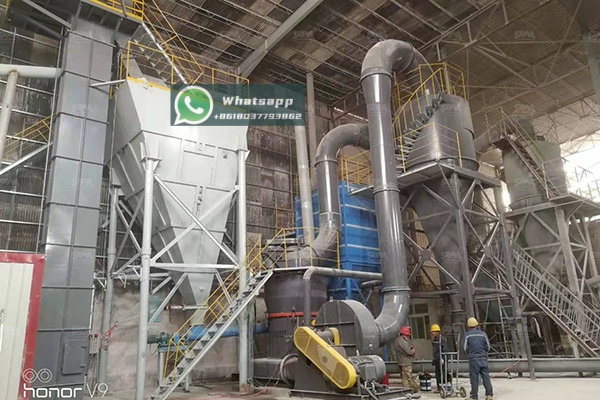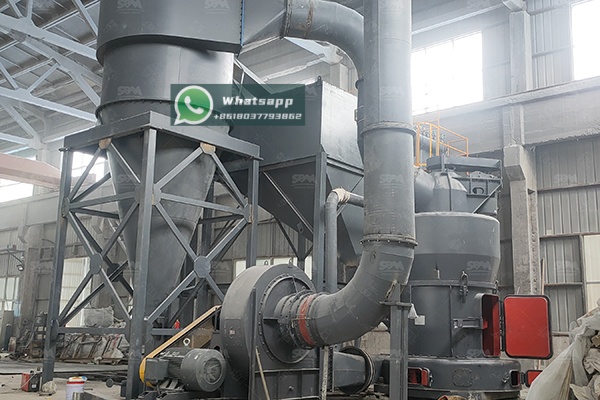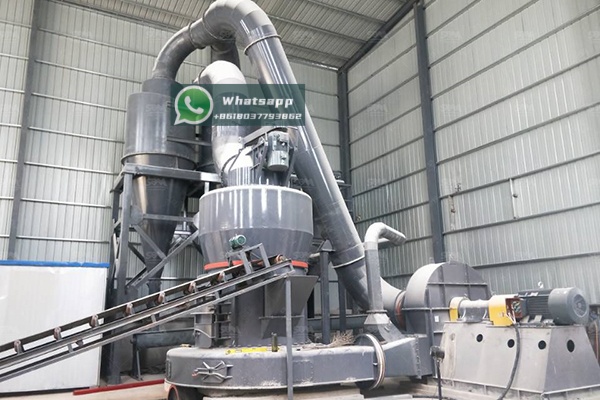In the world of industrial mineral processing, the micronization of hard minerals presents some of the most demanding technical challenges. Achieving consistent, high-volume production of ultra-fine powders from materials like quartz, feldspar, zircon, and alumina requires equipment that can overcome significant obstacles related to wear, energy consumption, and process control. This article explores these challenges and presents advanced technological solutions.
The journey from raw mineral to ultra-fine powder is fraught with technical hurdles. Hard minerals, typically defined by their high Mohs hardness (often above 7), exhibit properties that make them particularly difficult to process efficiently.
Hard minerals act as natural abrasives, causing rapid wear of grinding media, liners, and classifiers. This wear not only increases maintenance costs and downtime but also introduces contamination into the final product. The constant battle against equipment degradation requires specialized materials and innovative design approaches to maintain product purity and operational efficiency.

As particle size decreases, the energy required for further size reduction increases exponentially. The Rittinger’s law of comminution clearly demonstrates that creating new surface area demands substantial energy input. For hard minerals reaching micron and sub-micron sizes, energy costs can become prohibitive without optimized grinding technology.
The energy expended in grinding doesn’t simply disappear—it transforms into heat. Excessive heat can alter mineral properties, cause chemical changes, and create safety hazards. Effective thermal management becomes crucial, particularly when processing heat-sensitive minerals or when strict temperature controls are necessary for final product specifications.
Maintaining tight particle size distributions becomes increasingly difficult as target sizes move into the micron range. Over-grinding can create excessive fines while under-grinding leaves coarse particles, both of which can compromise product performance. Achieving the desired D50, D90, and D97 values consistently requires sophisticated classification systems.
Shanghai Zenith Machinery Co., Ltd., as an excellent manufacturer of ore grinding equipment, has developed specialized solutions to address these challenges. Through extensive research and development in ultra-fine powder grinding technology, Zenith has created equipment specifically engineered for hard mineral applications.

For the most demanding hard mineral micronization applications, Zenith’s LUM Ultrafine Vertical Mill represents a technological breakthrough. This system integrates multiple functions into a single, efficient package that specifically addresses the challenges of hard mineral processing.
| Model | Main Machine Power (kW) | Capacity (t/h) | Size Distribution D97 (μm) |
|---|---|---|---|
| LUM1525 | 220-250 | 1.6-11.5 | 5-30 |
| LUM1632 | 280-315 | 2.0-13.5 | 5-30 |
| LUM1836 | 355-400 | 2.3-15 | 5-30 |
For operations requiring different capacity ranges or specific fineness requirements, Zenith’s XZM Ultrafine Grinding Mill offers another robust solution. This mill has proven particularly effective for minerals where achieving extremely fine sizes (up to 2500 mesh) is critical.
| Model | Working Diameter (mm) | Max Feed Size (mm) | Final Size (mesh) | Output (kg/h) | Main Motor Power (kW) |
|---|---|---|---|---|---|
| XZM221 | Φ800 | ≤20 | 325-2500 | 500-4500 | 75 |
| XZM268 | Φ1680 | ≤20 | 325-2500 | 5000-25000 | 315 |
Different hard minerals present unique processing challenges that require tailored approaches:
With a Mohs hardness of 7, quartz demands exceptional wear resistance. The LUM mill’s specialized lining materials and grinding roller design provide the necessary durability while maintaining product purity—essential for high-value applications like electronics and solar grade silicon.
These ultra-hard materials (Mohs 8+) require the most robust equipment configurations. Zenith’s engineering team typically recommends customized versions of the LUM series with enhanced wear protection and specialized grinding media for these applications.

Success in hard mineral micronization extends beyond equipment selection. Proper operational practices significantly impact results:
While the initial investment in advanced grinding technology may be significant, the long-term economic benefits are substantial. Reduced energy consumption, lower maintenance costs, increased production rates, and higher product quality all contribute to improved return on investment. Zenith’s equipment is designed with total cost of ownership in mind, delivering value throughout the equipment lifecycle.
The industry continues to evolve toward smarter, more connected grinding systems. Zenith is at the forefront of developing IoT-enabled mills that provide real-time performance data, predictive maintenance alerts, and remote operational capabilities. These advancements will further reduce operational costs and improve product consistency in hard mineral processing.
The micronization of hard minerals presents significant technical challenges, but these are not insurmountable. With the right equipment selection and operational practices, producers can achieve efficient, cost-effective production of high-quality ultra-fine powders. Shanghai Zenith Machinery’s specialized grinding solutions, particularly the LUM Ultrafine Vertical Mill and XZM Ultrafine Grinding Mill, provide the technological foundation for success in this demanding field. By addressing the core challenges of wear, energy consumption, and process control, these advanced systems enable producers to meet the increasingly stringent requirements of modern industrial applications.